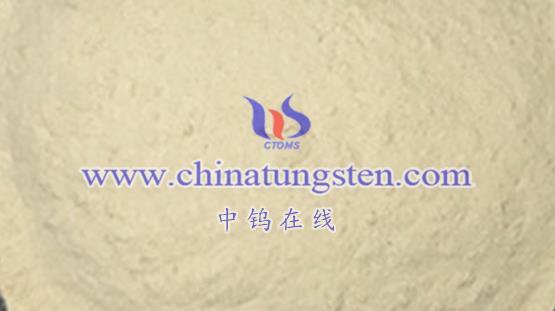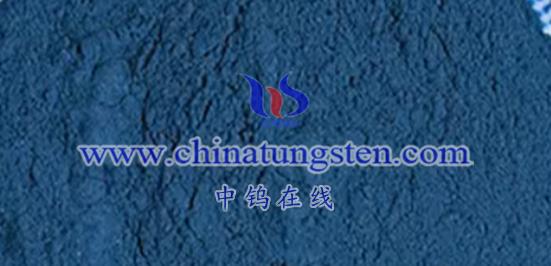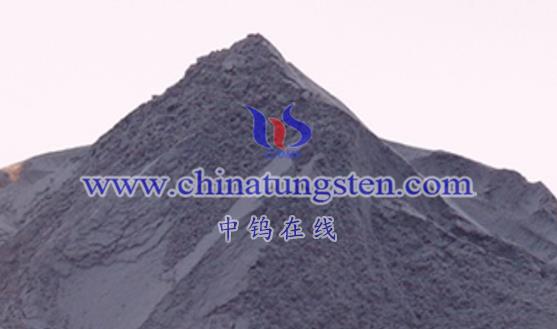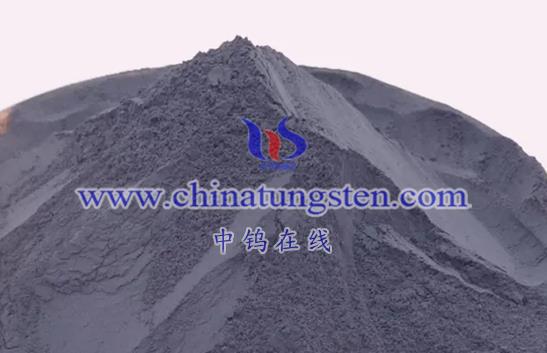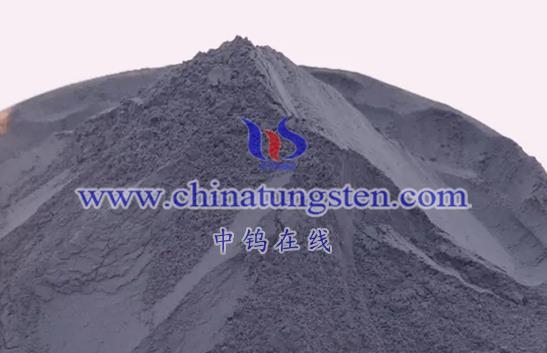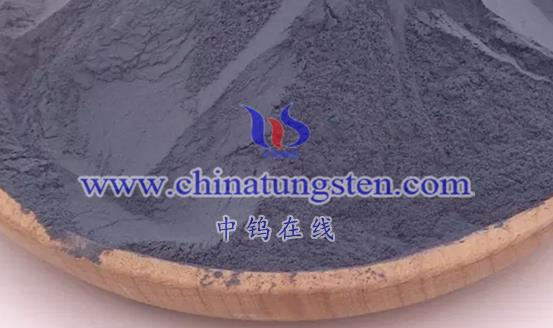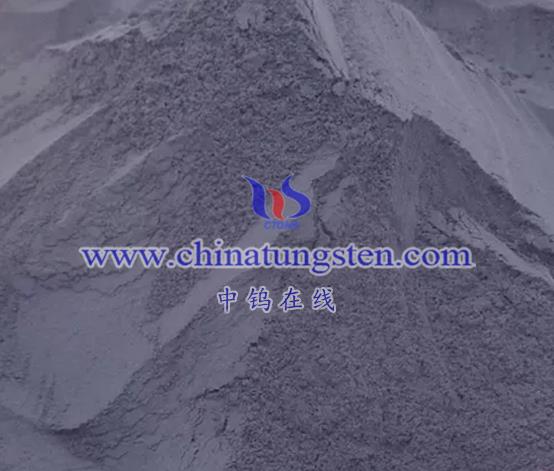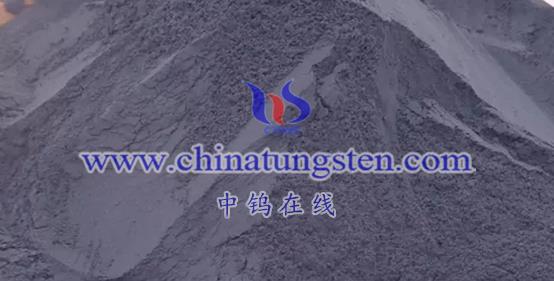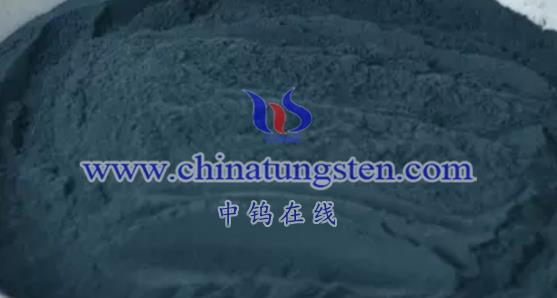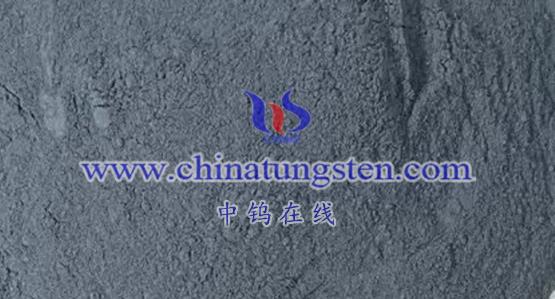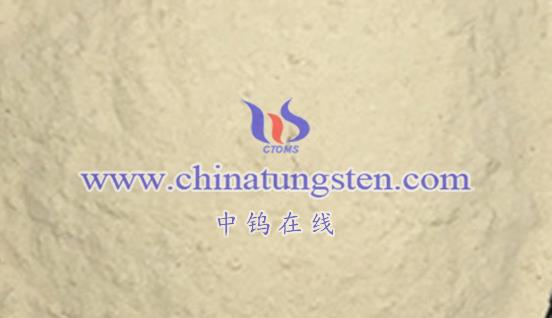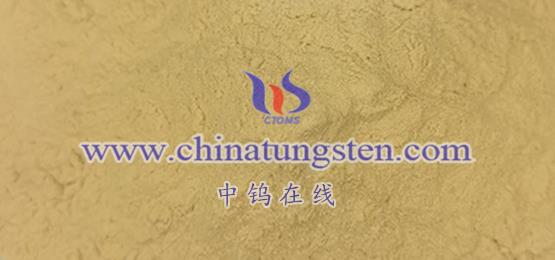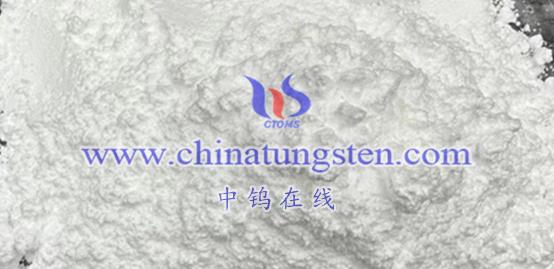
Nanostructured tungsten oxide supercapacitors and lithium-ion batteries exhibit significant differences in several aspects, primarily in their energy storage mechanisms, performance parameters, application scenarios, and environmental impacts. Below is a detailed analysis of these differences:
- Energy Storage Mechanism
Nanostructured Tungsten Oxide Supercapacitors
These devices primarily rely on the Faradaic pseudocapacitance effect, where ions in the electrolyte undergo rapid, reversible redox reactions on the surface or within the bulk of the nanostructured tungsten oxide electrodes to store and release charge. While there may also be some contribution from the electric double-layer capacitance effect, it is relatively minor.
Lithium-Ion Batteries
These batteries store and release charge through the reciprocal movement of lithium ions between the positive electrode (such as an oxide) and the negative electrode (such as graphite), facilitated by chemical reactions. Their energy storage mechanism is dependent on chemical reactions, classifying them as chemical power sources.
- Performance Parameters
- Energy Density
Lithium-ion batteries have a higher energy density, typically in the range of 100-300 Wh/kg, allowing them to store a substantial amount of electrical energy for an extended period. In contrast, nanostructured tungsten oxide supercapacitors have lower energy densities, generally around 530 Wh/kg, making them less suitable for energy-dense applications. - Power Density
Nanostructured tungsten oxide supercapacitors excel in power density, often exceeding 7 kW/kg, significantly higher than lithium-ion batteries, which hover around 1 kW/kg. This advantage makes supercapacitors particularly suitable for applications requiring high power output. - Cycle Life
Nanostructured tungsten oxide supercapacitors boast an exceptionally long cycle life, capable of enduring millions of charge and discharge cycles without significant capacity loss. In contrast, lithium-ion batteries typically have shorter cycle lives, ranging from several thousand to about ten thousand cycles. - Charging Speed
Nanostructured tungsten oxide supercapacitors offer extremely high charging speeds, allowing for rapid charging within a short timeframe. Conversely, lithium-ion batteries have relatively slower charging speeds, requiring longer durations to reach full charge.
- Application Scenarios
Nanostructured Tungsten Oxide Supercapacitors
Due to their high power density and rapid charge/discharge capabilities, supercapacitors are often used in applications that demand quick charging and discharging, long lifespan, and high power density, such as starters, energy recovery systems, and regenerative braking systems in electric vehicles.
Lithium-Ion Batteries
Lithium-ion batteries are more commonly found in portable electronic devices, power tools, electric vehicles, and home energy storage systems, where high energy density and stable long-term power supply are essential.
- Environmental Impact
Nanostructured Tungsten Oxide Supercapacitors
These typically use inorganic salts or organic solutions as electrolytes, making them relatively environmentally friendly and easier to handle during recycling processes. However, there may be some environmental risks associated with the preparation and handling of nanomaterials, necessitating appropriate environmental measures.
Lithium-Ion Batteries
Composed primarily of materials like lithium metal, the production and disposal of used batteries can potentially impact the environment. However, with technological advancements and increasing environmental awareness, the eco-friendliness and safety of lithium-ion batteries continue to improve.
In summary, nanostructured tungsten oxide supercapacitors and lithium-ion batteries differ significantly in energy storage mechanisms, performance parameters, application scenarios, and environmental impacts. The choice of energy storage technology depends on specific application requirements and contexts.
More details of tungsten oxide product, please visit website: tungsten-oxide.com
Please contact CHINATUNGSTEN for inquiry and order of tungsten oxide:
Email: sales@chinatungsten.com
Tel.: 86 592 5129595
